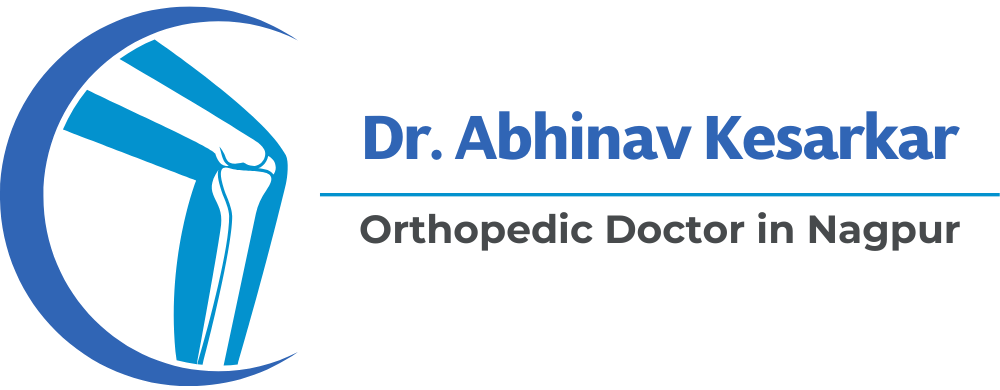Dr. Abhinav Kesarkar | Orthopedic Surgeon In Nagpur
Arthroscopy

Arthroscopy is a highly effective, minimally invasive procedure for diagnosing and treating joint problems. It offers numerous benefits, including faster recovery and reduced pain. However, like any surgery, it carries certain risks. Consulting with an experienced orthopedic surgeon is essential to determine if arthroscopy is the right treatment option for your joint condition.

History and Evolution
Indications for Arthroscopy
Arthroscopy is commonly performed on the knee, shoulder, hip, ankle, elbow, and wrist joints. It is used to diagnose and treat various conditions, including:
Torn cartilage or meniscus in the knee
Rotator cuff tears in the shoulder
Inflammation or infection in the joints
Loose bone fragments
Ligament reconstruction
Joint pain or stiffness
Procedure
Preparation: The patient is administered anesthesia, either local, regional, or general, depending on the joint and complexity of the procedure.
Incision: Small incisions (about 1-2 cm) are made near the joint.
Insertion of Arthroscope: The arthroscope is inserted through one of the incisions, providing a clear view of the joint.
Treatment: Surgical instruments are inserted through other incisions to perform necessary repairs.
Closure: Incisions are closed with stitches or adhesive strips.
Recovery: The patient is monitored and discharged the same day or after a short hospital stay.
Benefits of Arthroscopy
Minimally invasive
Reduced pain and scarring
Faster recovery time
Lower risk of infection
Shorter hospital stay
Postoperative Care
Rest and elevate the joint
Apply ice to reduce swelling
Use prescribed pain medications
Attend physical therapy sessions
Follow up with the surgeon as recommended
Recovery Time
Recovery time varies depending on the joint treated and the type of procedure performed. Most patients return to normal activities within a few weeks, though full recovery may take several months.

